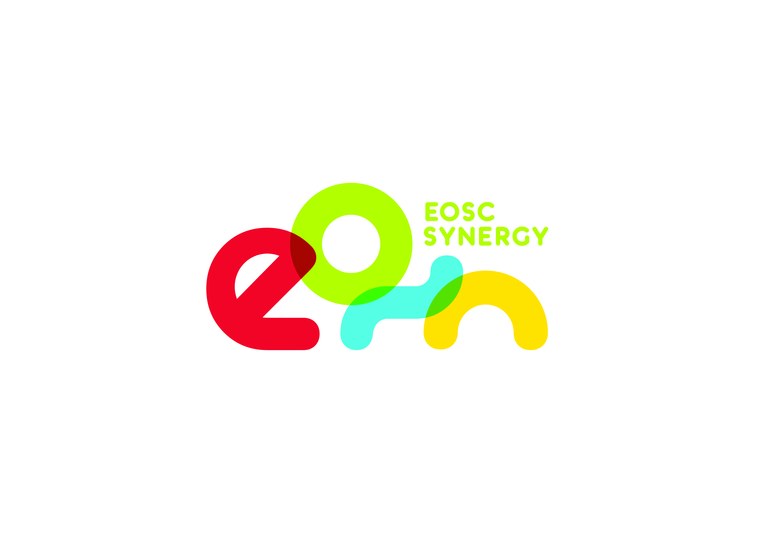Projects
The pressure on urban areas is accelerating and the need to provide citizens with quality services in what concernssecurity, emergency, operational management and planning led to municipality decision to invest in the Lisboa Smart Management Platform (LSMP). It is paramount to be able to build the analytical capabilities on top of it and address some of the most...
The overall objective of FORCeS is to understand and reduce the long-standing uncertainty in anthropogenic aerosol radiative forcing, which is crucial in order to increase confidence in climate projections. These projections are highly relevant for decision makers, as they provide key information on emission pathways that will facilitate the targets of the Paris Agreement to...
EOSC-synergy extends the EOSC coordination to nine participating countries by harmonizing policies and federating relevant national research e-Infrastructures, scientific data and thematic services, bridging the gap between national initiatives and EOSC. The project introduces new capabilities by opening national thematic services to European access, thus expanding the EOSC...
CCiCC addresses the crucial knowledge gap in the climate sensitivity to carbon dioxide emissions, by reducing uncertainty in our quantitative understanding of carbon-climate interactions and feedbacks. This will be achieved through innovative integration of models and observations, providing new constraints on modelled carbon-climate interactions and climate projections, and...
Sustainable management of human activities affecting Atlantic marine ecosystems is critical to maintain its health and tosupport the blue economy of the bordering countries. TRIATLAS will contribute to this by delivering knowledge of the current state and future changes of the Atlantic marine ecosystems. We achieve this through a basin-wide approach that integratesresearch...
Organic aerosols (OA) affect climate forcing and human health, but still large uncertainties exist in their sources and evolution. A large fraction of submicron particulate matter, 20%90%, can be attributed to OA. Recent studies have shown that secondary organic aerosols (SOA) account for a large fraction of the OA burden. Most OA efficiently scatter visible radiation and...
IS-ENES3 will deliver the third phase of the distributed e-infrastructure of the European Network for Earth System Modelling (ENES), which includes Earth system modelling, climate change, model data repository, WCRP international experiments and high-performance computing. IS-ENES3 will be initiated as the European climate modelling community faces the challenges of...
The path towards exascale computing holds enormous challenges for the community of weather and climate modelling regarding portability, scalability and data management that can hardly be faced by individual institutes. ESiWACE2 will therefore link, organise and enhance Europe's excellence in weather and climate modelling to
- enable leading European weather...
Extreme weather events, such as heat waves, droughts and flooding, have a devastating impact on humanity, causing increased mortality and suffering, as well as economic losses. Skillful predictions of such events, with sufficient lead-time for adaptation procedures can provide huge benefits to human kind. Recent extreme events, including the severe European and Russian...
Mineral dust emission is ubiquitous in arid and semi-arid areas, representing a serious hazard for health, environment, and economy in many countries, in particular some of the least developed. Dust is a dominant contributor to the global aerosol load and plays a significant role in different aspects of climate and atmospheric chemistry. A key uncertainty in estimating...







